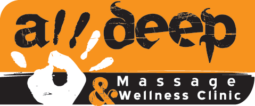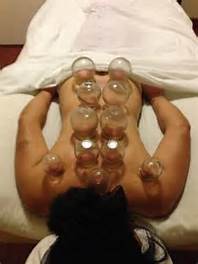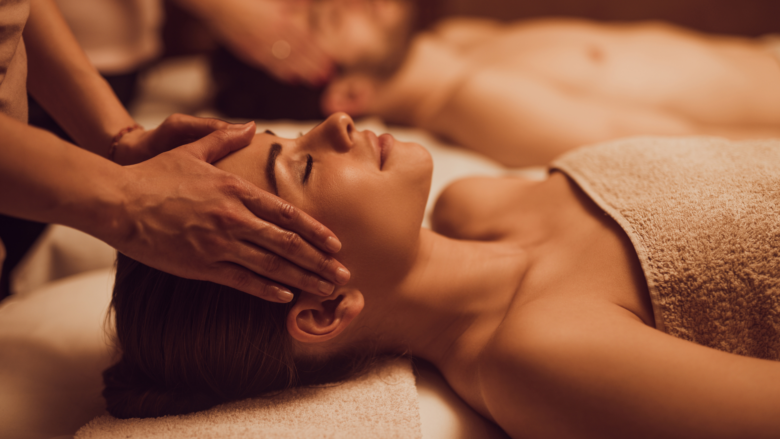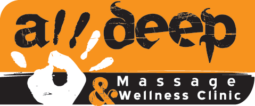Answering Your Questions About Cupping
What do you know about cupping? If you have never had cupping therapy, it might seem like a strange practice, a recent trend without staying power. Here are some things you may not know:
- Cupping has been around for over 3,000 years. It was first documented in ancient China, during the Han Dynasty, used to treat conditions ranging from coughs to snake bites.
- It’s been an official form of therapeutic medicine since the 1950s. That’s when it gained support from hospitals across the globe, and many studies have proven its efficacy since that time.
- Cupping is practiced by a wide variety of healthcare professionals. Physical therapists, chiropractors, acupuncturists, massage therapists, and medical doctors are all healthcare professionals who often receive training in cupping.
- Very little has changed about the practice over the centuries. The scope of the practice, and our understanding of it, may have increased, but the actual methodology of cupping has remained essentially the same.
- Cupping can be used for very specific purposes. It’s good for a wide range of physical ailments and can alleviate anxiety to benefit your mental health, but it can also be applied to specific pains and conditions, providing the perfect solution to acute tension or pain.
- Other modalities are often used alongside cupping. For instance, when used in conjunction with cupping, massage, dry needling, and acupuncture can work more effectively.
What is Cupping?
Is your curiosity piqued now? Let’s talk about what cupping actually is. It may surprise you to learn that cupping is a type of bloodletting, accomplished through suction cup therapy that uses warm to hot cups that draw blood to the surface of the skin. This is done in order to stimulate the healing process. While most modern cupping uses glass cups, some practitioners use ceramic, bamboo, silicon, plastic, or earthenware cups. The cups used in this practice are rounded on one end and open on the other. The negative pressure created between the cup and the skin helps to open pores, repair cells, and stimulate blood flow, which can provide physical and emotional relief for conditions that include chronic pain, tension, inflammation, colds, acne, and even digestion. It doesn’t take long, with a typical treatment session lasting under 20 minutes, yet delivering the benefits of days of medicine, with immediate results.
4 Key Benefits of Cupping Therapy
It’s used to stimulate healing for conditions like migraines, arthritis, back and neck pain, and carpal tunnel syndrome, but does cupping work? In short, yes. Cupping can be extremely beneficial, even improving immune system function. It doesn’t require drugs to be effective, and relies primarily on cup suction to stimulate healing. Here are some of the key benefits of cupping.
- Cupping reduces inflammation. Because the suction causes microtrauma, it stimulates the body’s immune response, promoting the release of white blood cells, chemicals, and fibroblasts to the area.
- Cupping can alleviate pain. Often, patients with rheumatic diseases like arthritis, rheumatism, lumbago, or joint pain find cupping to be an effective method of organic healing. By increasing blood flow, cupping helps deliver oxygen, hormones, vitamins, and other nutrients to the parts of the body where they are most needed. Additionally, cupping increases the flow of synovial fluid to the joints, and this reduces pain and enhances elasticity.
- Cupping improves circulation. When the suction from the cups draws the blood through the veins and closer to the surface, this enhances blood flow, strengthening the veins and arteries, while eliminating blood congestion. Good circulation is important for every system in the body, including neurological function, muscular movement, and the immune system.
- Cupping can reduce chronic fatigue. When toxins from stress overload your system, increasing pain, soreness, and chronic fatigue, cupping can bring relief.

Types of Cupping
All cupping works similarly, but there are different types that practitioners use to treat different ailments. Static cupping, or dry cupping, uses a cup and a pump, creating tensions that range from strong to light. Moving cupping works with oil, and the therapist moves the cup in circular or sliding movements, to massage the skin. Dynamic cupping creates suction using a medical-grade silicone cup that is depressed, released, and pulled over the skin, using massage oil. Dynamic cupping is thought to be the most effective for myofascial release.
Potential Side Effects of Cupping Therapy
Done correctly, by qualified practitioners, cupping has very minimal side effects. It is normal to feel lightheaded or dizzy during the treatment. Some patients may sweat or experience nausea during or after a session.
Does Cupping Therapy Leave Bruises?
If you’ve seen anyone who has just been through cupping, you might notice circles on the skin. These marks look like bruises, but they are only temporary. The color of the cupping marks can be an indication of your health and the effectiveness of the treatment; light pink marks may indicate a lack of blood flow, whereas dark marks can indicate an accumulation of toxins being flushed from the system.
Cupping Tailored to Meet Your Needs
If you’re looking for personalized cupping treatments in Sherwood Park, AB, look to All Deep Massage & Wellness Clinic, where our focus is on guiding you along your unique path to health and wellness. Our center is a place of healing and rejuvenation for people of all ages, and we provide a wide range of massage and acupuncture treatments to alleviate pain and suffering from both acute and chronic conditions, resulting in long-lasting relief. Since 2007, All Deep Massage & Wellness Clinic has served clients in Sherwood Park and the surrounding area, and we’re dedicated to the health and well-being of our clients. All of our massage therapists are licensed and registered with a professional massage therapy association in the Province of Alberta, and we hire therapists with a minimum of 2200 hours of formal training. Our therapists are highly trained in anatomy, physiology, pathology, remedial exercise and stretching, nutrition, orthopedic assessment, soft tissue therapy, and hydrotherapy, and we promote ethics and professional conduct as key characteristics of our business. Dedicated to providing exceptional service, we assess each client’s individual needs, designing a treatment plan that addresses current conditions and helps prevent them from reoccurring. To learn more about how we can help you feel refreshed, renewed, and rejuvenated, call 780-789-0202 to make an appointment, contact us today!




